Calibrachoa ‘Can-Can Double Red’ | Pack of 5 Plug Plants
$4.99 Original price was: $4.99.$3.49Current price is: $3.49.
- 100% environmentally friendly material
- Fast reliable delivery options
- Sustainable materials, for a better tomorrow.
- Streamlined service, designed for your convenience.

Compact basket hugging plants producing fully double rosette flowers
Planting Tip
Why not try putting this plant with a contrasting colour for a brilliant bold effect?
By planting complementary colours and avoiding clashing colours, you can create stunning baskets, borders and containers, whether you want excitement or relaxation.
- Monochromatic: Monochromatic planting uses shades of a single colour to maximise visual impact. Working with colours of the same hue you can integrate subtle changes of tone or texture to create a fascinating collage of plants. Used widely in cottage garden planting schemes and stand alone displays.
- Adjacent colours create a harmonious effect: Colours close together in the colour wheel are used to create harmony. Pair yellow with red or orange and blue with purple or greens to create a natural, relaxing display.
- Opposites colour complement each other: Colours opposite in the colour wheel produce a striking effect. Pink and yellow, blue and orange and red and green are famous contrasting combinations and can be used to create an energetic, eye catching display. Perfect for a contemporary design or creating a tropical feel.
- Triadic colours: triadic planting selects three colours spaced at equal distances around the colour wheel creating a beautifully balanced palette. Be careful to select plants with a similar intensity of colour and you can create a display packed with visual interest, with less contrast than opposite colours, resulting in a more harmonious feel.
Neutral colours can be used as part of any planting scheme and can also be used as a buffer between clashing colours. Neutral colours include white, black, grey, silver, brown and in gardening, green. White is a fantastic addition to any bed as it reflects all wavelengths of light, brightening up your garden.
Features
- Nursery Fresh
- Our plug plants are sent directly from expert growers, based in the heart of England. There is no sitting around in garden centers or fulfillment centres, so you can be assured that your plant will arrive fresh, healthy and in perfect condition.
- Low Maintenance
- Suitable For Containers
- Suitable For Baskets
| Supplied As | 5, Plug, Plants |
|---|---|
| Flowering Period | June, -, August |
| Season Of Interest | Summer |
| Habit | Spreading |
| Preferred Location | Sun, /, Part, Shade |
| Eventual Height & Spread | 15cm, x, 30cm, (6in, x, 12in) |
Be the first to review “Calibrachoa ‘Can-Can Double Red’ | Pack of 5 Plug Plants” Cancel reply
Related products
All Bedding Plants
Bedding Plants
Bedding Plants
All Bedding Plants
Bedding Plants
Bedding Plants
All Bedding Plants
30 x Jumbo Plugs | Hanging Basket Plant Collection | Hand-Picked By Experts



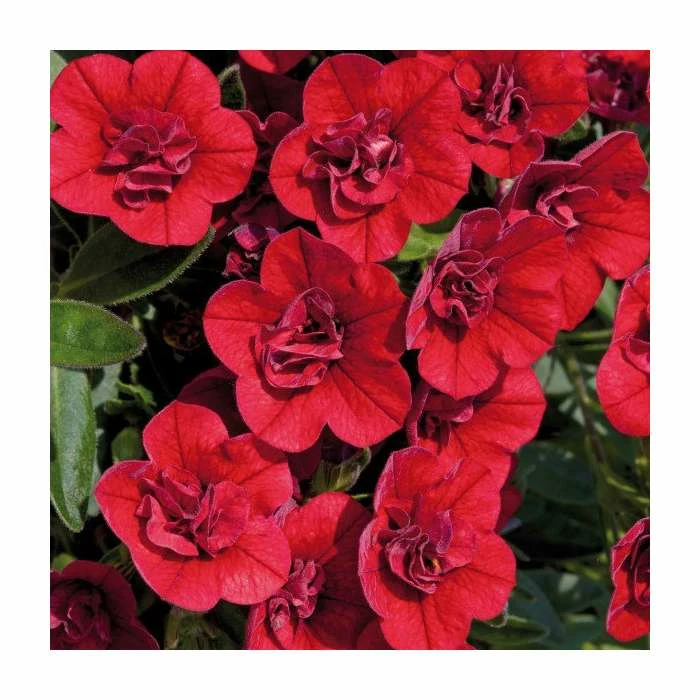
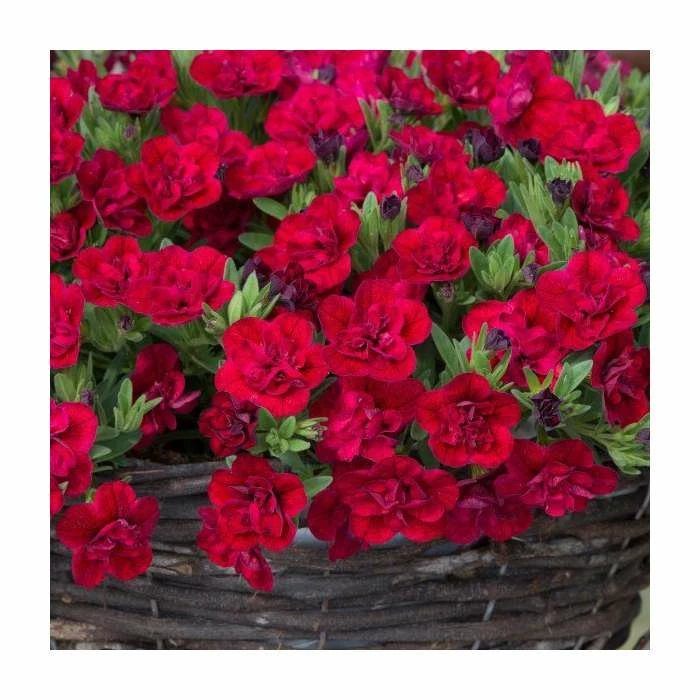

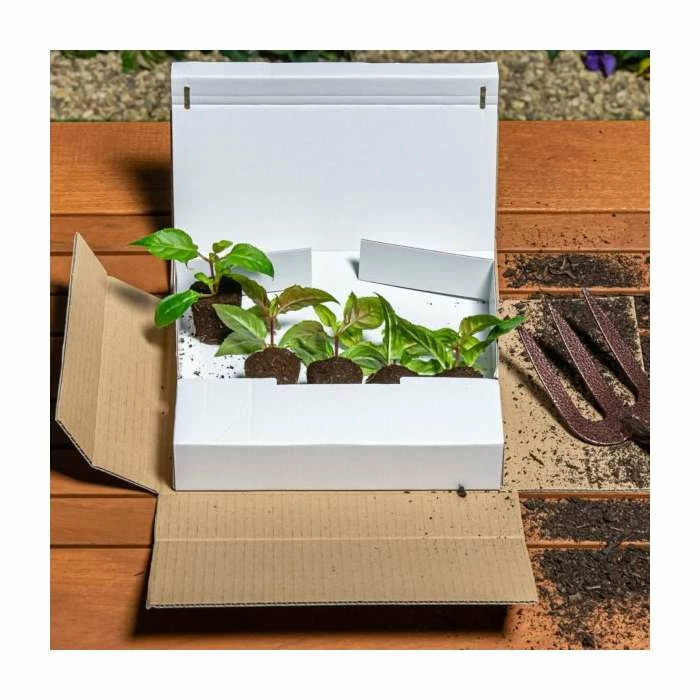

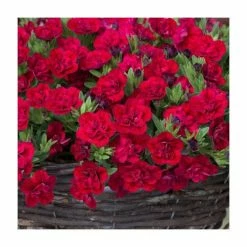


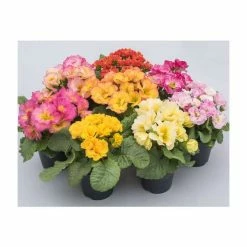


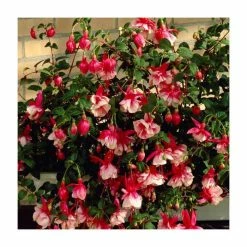
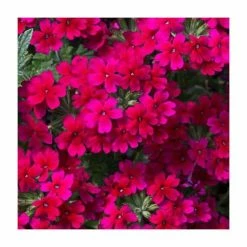
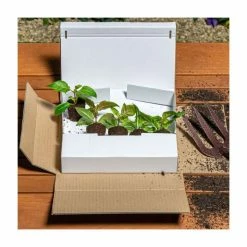
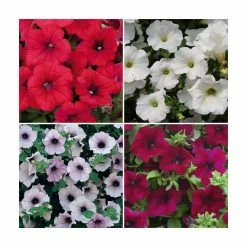

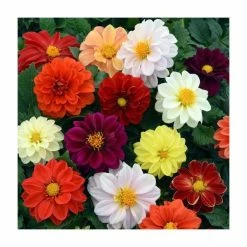
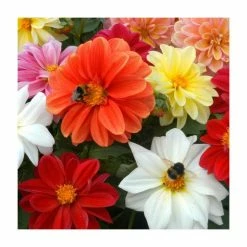
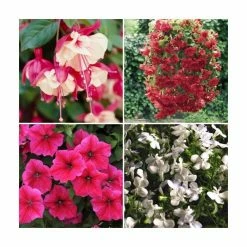
Reviews
There are no reviews yet.